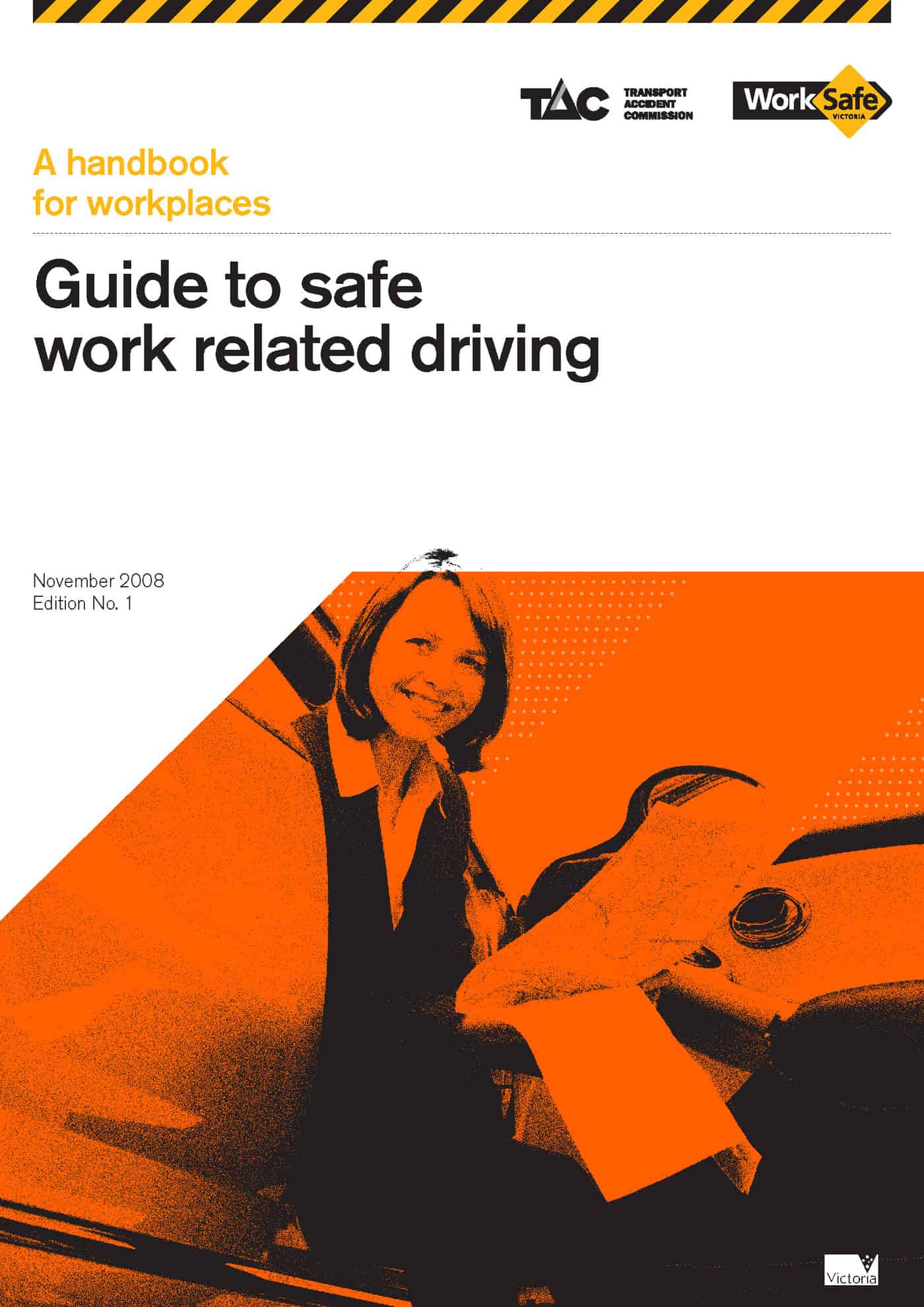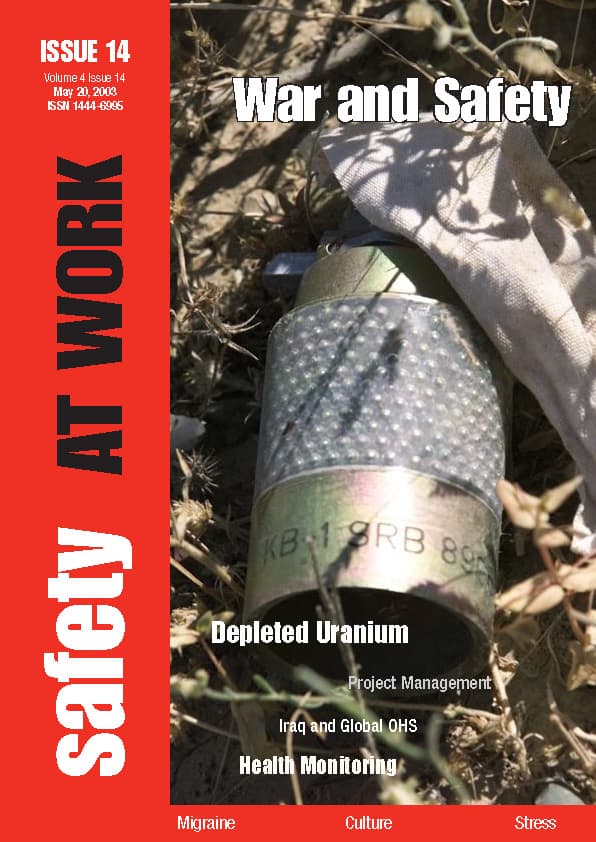Work tools, such as the company car and the mobile phone, can be fun and functional but when used at the same time, the combination is deadly.
According to media reports a study by the Federal Department of Transport survey of 1500 drivers has shown that
[in Victoria] about 61 per cent said they had used a mobile while driving, up from 47 per cent in 2005…. More than one-quarter admitted reading a text message while driving, while 14 per cent said they had sent one.
Yet 42 per cent of drivers nationally supported any law banning the use of hands-free mobiles while driving.
Victoria Police caught more than 1800 drivers for mobile phone offences during the holiday period.
SafetyAtWorkBlog has mentioned previously that road safety research rarely logs whether a vehicle is being used for work purposes. The full survey report is not yet available and, to a large extent, the media reports have focused on activities related to the Australian h0liday season – alcohol use as well as texting.
When it is available, SafetyAtWorkBlog will report on any data that could indicate the use of work vehicles as it is inaccurate to simply use road safety data as an overlay of occupational activities.
The use of company vehicles is a complicated area due to the status of the vehicles changing depending on whether the vehicle is a “pool vehicle” or whether the vehicle is able to be used for private purposes. The one vehicle could be both a work vehicle and private vehicle at different times of the day. This is the challenge for OHS professionals – to deal with a workplace and an employee who is neither of these 100% of the time. Unless this status is clarified, any potential policy on mobile phone use whilst driving remains problematic. Yet the hazard remains.
 WorkSafe Victoria released a safe driving guide in November 2008 that acknowledges the hazard but clearly leaves it up to the employer to determine the appropriate policy:
WorkSafe Victoria released a safe driving guide in November 2008 that acknowledges the hazard but clearly leaves it up to the employer to determine the appropriate policy:
The TAC (Transport Accident Commission) and WorkSafe recommend that hands free calls be kept to a minimum and reserved for emergency type calls.
Handheld mobile phone use is illegal and should not be considered under any circumstances while driving. Texting or reading texts or caller ID should not be done at any time whilst driving.
Without definitive advice from regulatory bodies but with mounting evidence of the heightening risk of injury and property damage, it will be a brave company that bans the use of mobile phones whilst driving (the ideal OHS control measure). However, this is one of the risks faced when evidence of hazards is called for but we don’t like the evidence.


